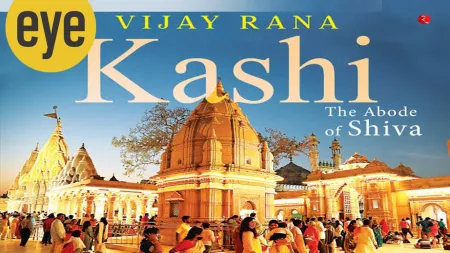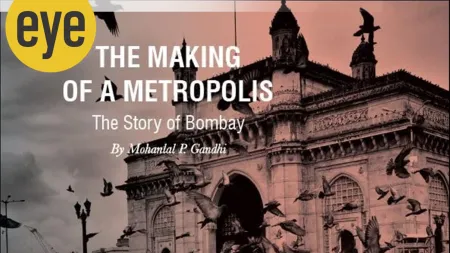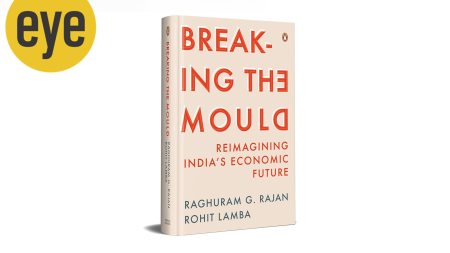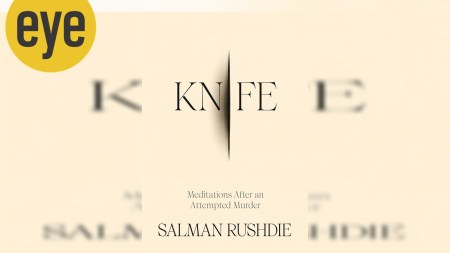- India
- International
Sedition law struck down in Pakistan: Supreme Court of India is also faced with the question of whether the law has become manifestly arbitrary
While it is to be seen whether the Lahore High Court judgment is upheld by the Supreme Court of Pakistan, it will be a closely watched case even in India thanks to the similarity between our laws
 The Court held that the colonial sedition law was not appropriate in a sovereign democratic country like India.
The Court held that the colonial sedition law was not appropriate in a sovereign democratic country like India. The ghost of its colonial past still haunts the subcontinent. One particularly vexing poltergeist is Section 124A of the Indian Penal Code which provides for the offence of sedition and has similar counterparts in the penal codes of Bangladesh and Pakistan. Of these, the latter recently struck down the law for being unconstitutional. The Lahore High Court declared unconstitutional the provision which provides that disaffection against federal or provincial governments in Pakistan would be considered sedition, for being in violation of freedom of expression guaranteed under Article 19 of Pakistan’s Constitution. The Indian section 124A does not distinguish between state and central governments but refers to “Government established by law in India”.
However, this is not the first time in the subcontinent that the law of sedition has been struck down for being unconstitutional. The High Court of Punjab in 1951 held that the text of the law itself does not suggest that there must be incitement of public disorder for invocation of section 124A, and that would make mere words and actions, without any overt violent act, seditious. Therefore, it had no doubt that section 124A was a restriction on the freedom of speech granted under Article 19(1)(a) of the Indian Constitution and tested it to see whether it was protected as a restriction under Article 19(2) or not.
The Court held that the colonial sedition law was not appropriate in a sovereign democratic country like India. The law of sedition, if strictly interpreted, would make even unsuccessful attempts to excite bad feelings against the State an offence, even though such an act would not undermine or tend to overthrow the State. The High Court thus held that after the adoption of the Constitution, such restrictions on free speech would make the provision void and unconstitutional.
The Punjab High Court relied on two 1950 judgments of the Supreme Court in Romesh Thappar vs State of Madras and Brij Bhushan vs State of Delhi, which had observed that section 124A would be unconstitutional as the Constituent Assembly had deleted “sedition” as a restriction on free speech and therefore the provision would be in violation of the fundamental right to speech and expression. However, the two judgments had not explicitly declared section 124A as unconstitutional as the court was adjudicating on the constitutionality of other provisions.
Parliament, however, negated the judgment by way of the Constitution (First Amendment) Act, 1951, and retrospectively modified Article 19(2) to protect the State’s power to provide “reasonable” restrictions on freedom of speech. It did so by extending the power in the interest of public order, security of State, friendly relations with foreign states, and to prevent incitement of an offence.

After the amendment, various high courts were again called upon to test the constitutionality of section 124. In 1954, the Patna High Court declared that it was constitutional, in 1955 the Judicial Commissioner of Manipur held that section 124A was partially unconstitutional to the extent it sought to impose restrictions on the freedom of speech in so far as a speech merely excites or tends to excite disaffection against the Government without actually inciting violence. However, the Allahabad High Court went the whole hog in 1958 and declared the law to be completely unconstitutional.
This stalemate was finally resolved by the Supreme Court in Kedar Nath Singh vs State of Bihar in 1962. A constitution bench of the Supreme Court read the “public order” test into section 124A to protect it from the scourge of unconstitutionality and held that section 124A would be within the permissible limits of reasonable restriction laid down in Article 19(2) of the Constitution. Basically, it clarified that section 124A was a valid law, subject to it being invoked only in cases of alleged seditious actions leading to public disorder or violence.
However, the Court did not define what would constitute public disorder and thus section 124A continued to be abused by various governments till May 2022 when the Supreme Court put the law in abeyance after various petitions challenging its constitutionality were filed before it. This was based on the central government’s submission that it was re-looking at the law.
The thrust of the present petitions before the Supreme Court is that section 124A has been turned into a weapon to suppress dissent and create a chilling effect on free speech. This is reportedly similar to the grounds of challenge against Pakistan’s section 124A. The Supreme Court of India is also faced with the question of whether the law has become manifestly arbitrary. While it is to be seen whether the Lahore High Court judgment is upheld by the Supreme Court of Pakistan or not, it will be a closely watched case even in India thanks to the similarity between our laws.
There is a possibility though that the Indian Parliament may recast the law altogether which may then lead to a fresh round of constitutional challenges. Only time will tell.
Sinha, Advocate-on-Record of the Supreme Court of India, is the author of The Great Repression: The story of sedition in India
EXPRESS OPINION
More Explained
Apr 28: Latest News
- 01
- 02
- 03
- 04
- 05











































